Mulligatawny is such a strange sounding word, but it simply means pepper water. Rather than being rooted in India, it is thought that Mulligatawny probably originated in Sri Lanka, although it could possibly have come from the Tamil speaking people of South India. ‘Mulligatawny’ or ‘Milagu Thanni’ is an amalgam of two Tamil words: ‘Millagu’ meaning pepper and ‘Thanni’ meaning water, although the soup we eat is probably closer to another Tamilian soup called Rasam. Originally a thin soup, under the rulers of the British colonial Raj Mulligatawny became rich and dense. A Mulligatawny soup recipe such as this one would have been familiar to those Britons who lived and worked during the Imperial Raj, the British rule of the Indian subcontinent between 1858 and 1947. Sri Lanka (formerly known as Ceylon), a large island just to the south of mainland India, had close ties to Britain but was never part of the Raj. The British tried to recreate familiar dishes, as far as possible using the new and unusual ingredients they found but the hot climate, lack of refrigeration and unfamiliar cooking facilities would have made this very difficult. Originally Mulligatawny was served as a vegetarian ‘sauce’, but the British varied the recipe, including meat and other ingredients, often thickening it with rice and adding turmeric to give a yellow colour. Recipes for Mulligatawny appeared in many Victorian publications including one in the 1870 Nabob’s cook book which featured the addition of ‘fowl’. Although the soup was popular in India and Ceylon, it was not highly thought of back home in England but the resulting mixture of East and West has cast an influence on British cooking which can still be found today.
I have wanted to make Mulligatawny Soup for some time but when looking for a recipe, as you can imagine from the information above, there is a great deal of choice. I knew that I wanted to make a hearty and spicy soup which could be eaten in place of a main meal: the type that would be ideal when the weather is at its January chilliest. I found two complementary recipes and this version of Mulligatawny Soup is a combination of the best of both. The sources were Women’s Institute Soups for all Seasons by Liz Herbert and a wonderful recent find (from the secondhand bookstall at the church where my choir meets) The Ultimate Hot & Spicy Cookbook by various authors (published by Lorenz books), which I will certainly be revisiting again and again. I certainly wanted to add meat, chicken from choice (but this could be varied) and unable to choose between adding rice as in the Women’s Institute Soups for all Seasons and lentils as in The Ultimate Hot & Spicy Cookbook I decided to add both, something I will definitely do again. The second book also included sultanas, but as I do not like these in curries I have left them out. The dollop of Mango Chutney (home made, of course!) made it sweet enough for me.
Mulligatawny Soup
(Serves 3-4)
10g/½oz butter
1tbsp olive oil
4 chicken thigh fillets, cut into bite size chunks
or
2 chicken breast fillets, cut into bite size chunks
or
about 8ozs/200g leftover turkey or chicken from a roast
1 onion, chopped
1 clove garlic, chopped
1 medium sized carrot, diced
1 medium sized potato, diced
1 small turnip, diced (optional)
1 tbsp mild madras curry powder (or another powder of your choice)
1 litre/1¾pints chicken stock
2 large tomatoes, chopped (did not skin & deseed as in original recipe)
2-4 cloves (according to personal preference)
6 black peppercorns, crushed lightly
4ozs/100g rice (preferably Basmati)
2ozs/50g red lentils
2ozs/50g sultanas (optional – I left these out)
handful chopped coriander (reserve some for garnish) – or parsley
Salt & freshly ground black pepper
Garnish
1tbsp per bowl natural yoghurt/crème fraîche/sour cream (more if you wish)
1tsp per bowl mango chutney
chopped fresh coriander (reserved)
grind of black pepper or light dusting of cayenne pepper/chilli powder
1. Melt the butter and oil together in a large saucepan. Turn up the heat and fry the diced raw chicken quickly turning frequently until it has browned. (Cooked leftover chicken should be added about 10minutes before the serving which should be just long enough for it to be thoroughly heated through.) This should take about 2 minutes. Remove from the pan and set aside.
2. Stir the curry powder into the remaining oil and cook briefly. Add the onion, garlic, carrot, potato and turnip (if using) to the oil remaining in the pan. Stir well and turn down the heat. Cover and cook very gently for about 10 minutes.
3. Add the stock and stir well. Add the cloves, crushed peppercorns and chopped tomatoes. Bring to the boil and reduce the heat, cover the pan and simmer gently for 2o minutes.
4. Return the cooked chicken to the pan along with most of the chopped coriander, including the stalky pieces (use just chopped leaves for the garnish). Add the rice and lentils and simmer gently until they are just cooked, adding a little extra water only if needed. (If leftover cooked chicken is being used in place of fresh meat, this should be added about 10 minutes before the end of cooking time.)
5. Remove the cloves before serving if you can find them. Taste and adjust seasoning. Serve in warmed soup bowls topped with a dollop of natural yoghurt, crème fraîche or sour cream, a spoonful of mango chutney and a scattering of chopped fresh coriander leaves (or parsley). This can be served with Naan bread if you wish.
51.588094
-0.023654

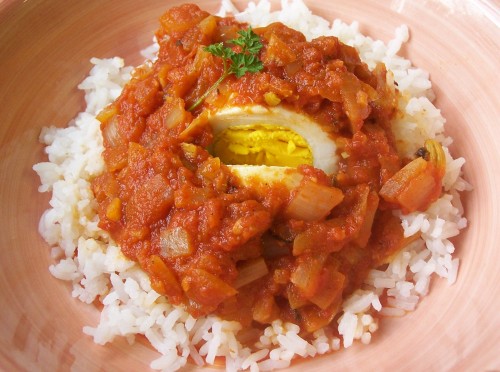


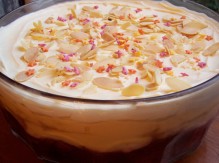
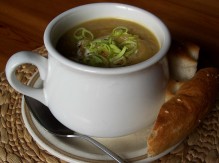
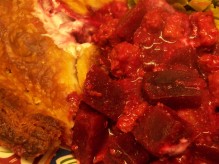
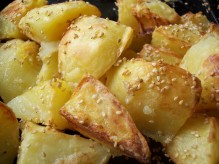

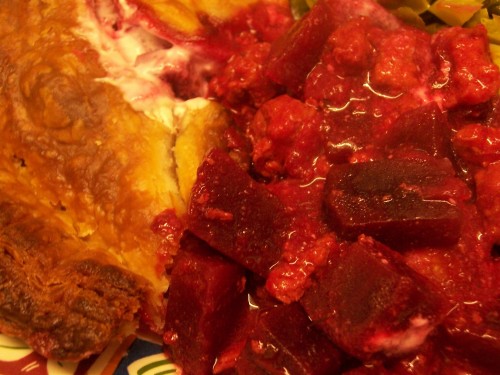

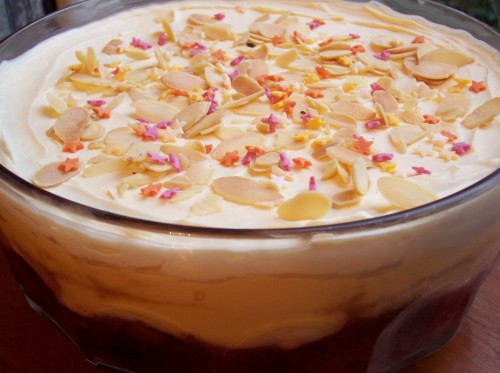
 2.
2. 
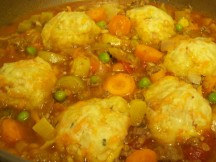

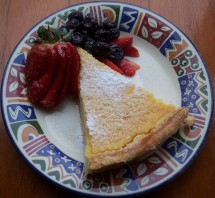

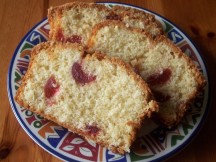
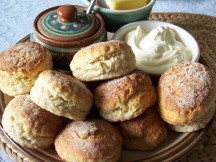








 Search Food Blogs
Search Food Blogs 

